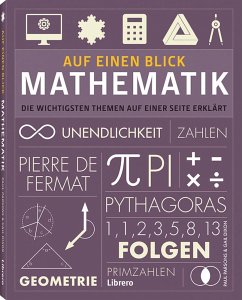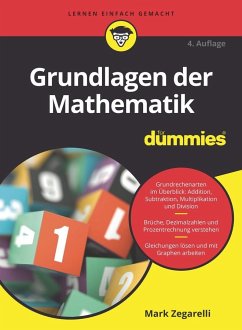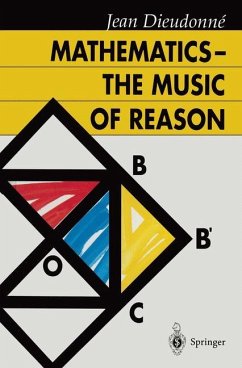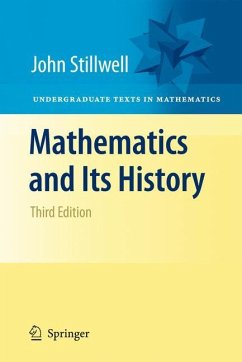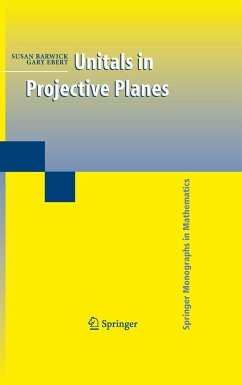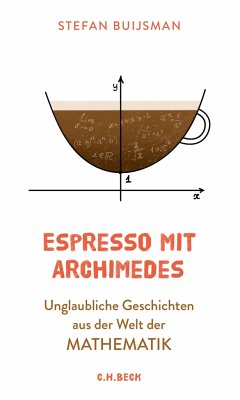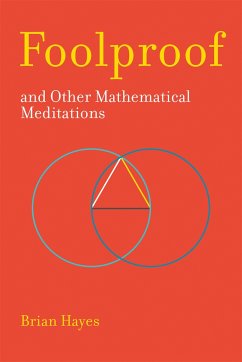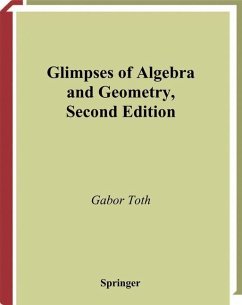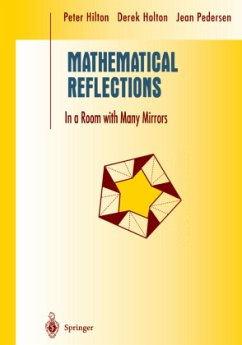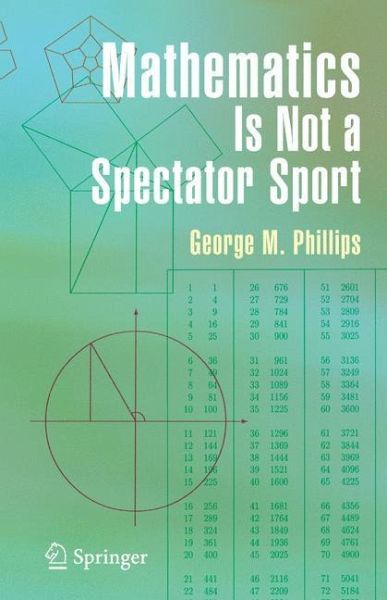
Mathematics Is Not a Spectator Sport
Versandkostenfrei!
Versandfertig in 6-10 Tagen
38,99 €
inkl. MwSt.
Weitere Ausgaben:

PAYBACK Punkte
19 °P sammeln!
It is often said that mathematics and music go together, and that people with a special aptitude for mathematics often have similar gifts in music. Some music is very profound, and listeners find that there is far more in it than they appreciated at a first hearing. A similar point can be made about an understanding of mathematics.This book introduces the reader to various topics in mathematics and is intended for precocious high school students and college students just beginning their study of mathematics. The topics discussed in this book include a variety of results in number theory involv...
It is often said that mathematics and music go together, and that people with a special aptitude for mathematics often have similar gifts in music. Some music is very profound, and listeners find that there is far more in it than they appreciated at a first hearing. A similar point can be made about an understanding of mathematics.
This book introduces the reader to various topics in mathematics and is intended for precocious high school students and college students just beginning their study of mathematics. The topics discussed in this book include a variety of results in number theory involving squares, and also complex numbers, early algebraic ideas such as the Euclidean algorithm, geometrical constructions created by the Greeks, and more recent topics such as group theory.
This book introduces the reader to various topics in mathematics and is intended for precocious high school students and college students just beginning their study of mathematics. The topics discussed in this book include a variety of results in number theory involving squares, and also complex numbers, early algebraic ideas such as the Euclidean algorithm, geometrical constructions created by the Greeks, and more recent topics such as group theory.




